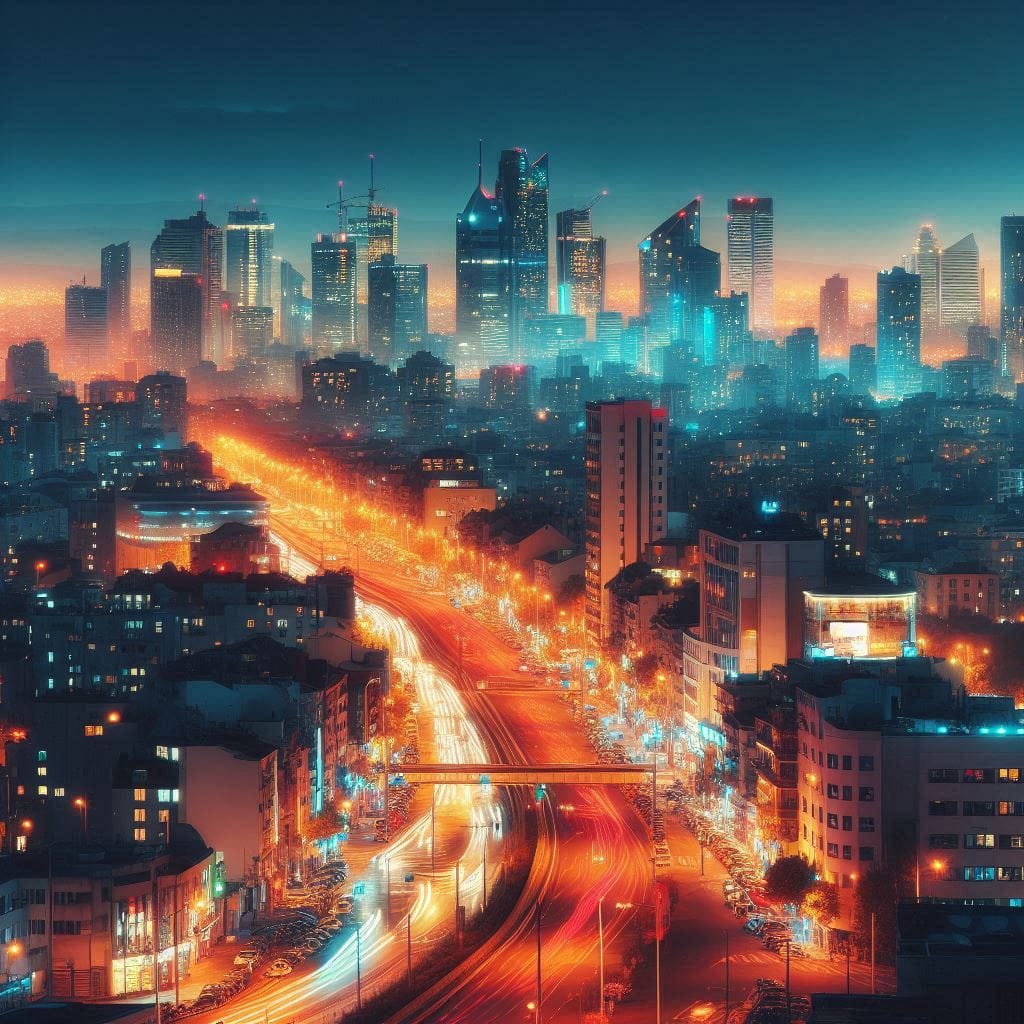Light pollution is that brilliant phenomenon that turns our cities into mini-Las Vegas. Nocturnal animals find themselves partying in the spotlight when they would prefer a more intimate, darker environment, while plants get confused about when is the right time to wake up or sleep.
Light pollution and its effects
Artificial light at night, if not properly managed, can create light pollution and alter the natural cycles of light and darkness that are essential for life on Earth.
The effects of this excess of light are manifold:
- disturbs the migratory patterns of birds, which rely on the stars to navigate;
- can cause disorientation in baby sea turtles, which, instead of heading towards the sea, are attracted to the lights on land;
- interferes with plants’ internal clock and their synchronisation with the seasons.
In humans, exposure to bright artificial light at night can interfere with the production of melatonin, the hormone that regulates sleep and maintains the circadian rhythm.
This leads to sleep disorders and an increased risk of developing chronic diseases.
Moreover, light pollution reduces the possibility of stargazing, depriving people of the experience of the night sky, which has inspired mankind for millennia. Some studies suggest a possible link between prolonged exposure to artificial light at night and an increased risk of stroke, obesity, depression and even certain types of cancer.
The benefits of LED
LED bulbs offer numerous advantages over traditional incandescent and halogen lamps.
First of all, they are much more energy efficient, with savings estimated at between 50 and 70 per cent. Some of them can last up to 100,000 hours, reducing the need for frequent replacements.
Another advantage is that they do not produce heat like incandescent bulbs, making them safer to touch and less prone to deterioration. They are also environmentally friendly as they do not contain toxic substances such as mercury and are completely recyclable. A wide variety of designs can be found, in different shapes, sizes and colours.
The light emitted is free of infrared and ultraviolet components, making them ideal for illuminating sensitive objects such as works of art. Dimmable types allow the light intensity to be adjusted, creating different atmospheres in the home.
The smart versions can be controlled remotely via smartphones or voice assistants, thanks to a Wi-Fi or Bluetooth connection.
In addition, LED bulbs are robust and shock and vibration resistant, ideal for environments subject to movement or impact; they do not lose light intensity when cold, making them suitable for outdoor lighting.
In addition, they switch on immediately without waiting time, offering superior colour rendering and more natural, realistic light.
Responsible lighting
Light pollution regulations are often fragmentary, with regional laws varying from territory to territory, but there are technical guidelines such as UNI 10819, which provide guidelines for limiting upward light flow dispersion.
Initiatives such as designing Dark Sky Parks and celebrating events such as Earth Hour or M’illumino di meno help raise awareness of the importance of preserving the skies with their natural brightness and promote more sustainable lighting practices.
To reduce light pollution on a personal level, several sustainable practices can be adopted:
- it is important to evaluate the exterior lighting of your home, making sure that the lights are directed downwards;
- motion sensors or timers can be installed to limit the use of lights only when necessary.
It is also useful to choose a warmer shade of colour for the bulbs, as cold lights disperse more in the atmosphere, creating a disturbing glow to our eyes and those of nocturnal wildlife.
Play for the planet!
